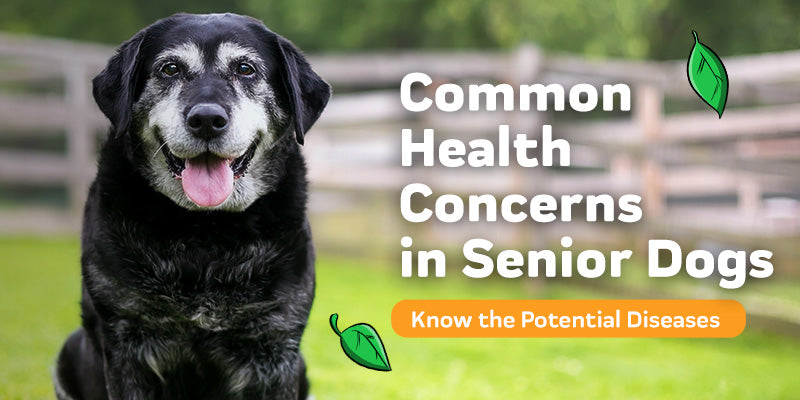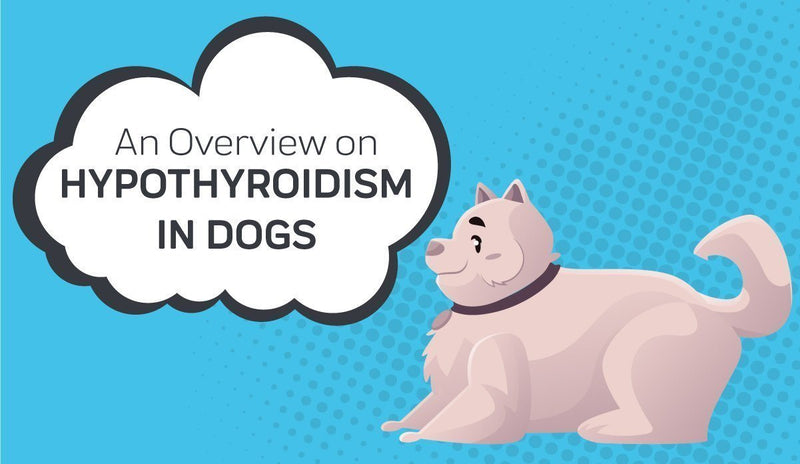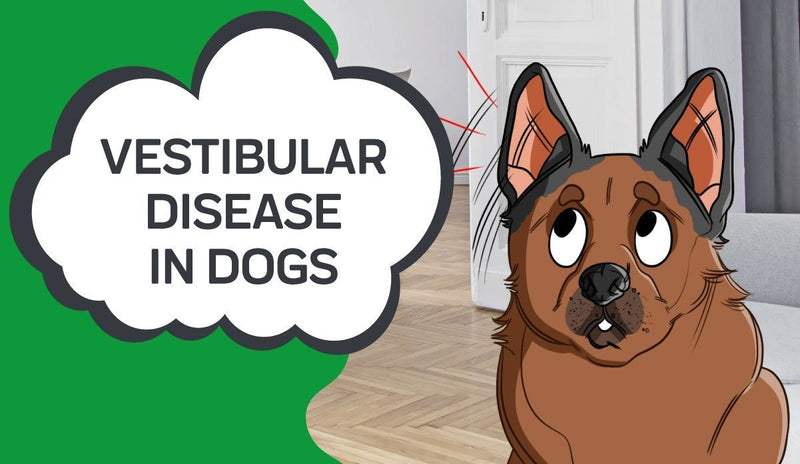- How Does Rabies Spread?
- What Are The Symptoms of Rabies in Dogs?
- How Is Rabies in Dogs Diagnosed?
- How To Treat Rabies in Dogs
- How To Prevent Rabies in Dogs
- Conclusion
Rabies is usually associated with rabid, cartoonish raccoons frothing at the mouth. However, this is a highly serious disease that’s common in dogs. It has the potential to seriously harm, from ferrets to humans, and even your beloved pet.
The rabies virus can result in damage to the nervous system, resulting in paralytic rabies. At present, there is no known cure for the rabies virus, which is why vaccination is vitally important.
This is especially true if you are traveling to a different country with your dog in the coming months. Some countries are entirely free from rabies infection, but others have active rabid cases. You need to do your research before crossing the border to ensure your dog's safety, as this virus is highly contagious.
In this post, we’ll talk about the rabies virus in dogs so you’re aware of what this disease looks like. Knowing how to identify this disease in your pet could prevent serious damage to both their brain and spinal cord.
How Does Rabies Spread?

This disease spreads through the saliva of an infected animal. Pair this with the fact that the rabies virus can infect any warm-blooded animal, and you have an incredibly contagious virus on your hands. The most common way for the virus to spread is through an infected animal’s wound, though it can also spread through scratches or existing open wounds.
The incubation period of the virus varies enormously depending on a number of factors. These include:
- Location of the wound in the animal
- Severity of the wound in the animal
- Type of animal infected
- Strength of the immune system in the infected animal
Because this is a virus that predominantly attacks an animal's brain, the incubation period usually correlates with the wound proximity to the brain.
What Are The Symptoms of Rabies in Dogs?
The clinical signs of rabies in dogs are not always easy to spot, especially if they take a long time to surface. It can be several weeks after the immediate infection for your dog to show any symptoms at all.
In rare instances, it can even be years until your dog shows any symptoms. This is why it’s imperative to contact a vet as soon as possible if you have concerns.
The following are clinical signs of rabies in dogs:

- Becoming suddenly over-friendly or needy, constantly requiring attention
- A new onset of timidity, cowering, and seeming fearful (paralytic rabies, also known as dumb rabies)
- Seeming aggressive towards you and other animals (furious rabies)
- Signs of paralysis due to damage to the brain and spinal cord
- Excessive drooling, muscle fatigue, or drooping of the face due to damage to the nervous system
- Sudden onset of seizures
- Increased sensitivity to light and noise
You know your dog better than anyone, so it should be easy for you to notice when your dog behaves a little strangely. If you notice anything odd behavior, even if it is not listed above, trust your instinct and visit your local vet. This is especially important when dealing with a virus as dangerous as rabies.
How Is Rabies in Dogs Diagnosed?
There is no accurate test to diagnose the virus in an animal. Rabies diagnosis is generally provided via a simple examination of the symptoms available. Your vet is trained to know what to look for when your dog is behaving oddly. Don’t hesitate to bring your pet in for an expert assessment if you have any suspicions.
If your dog must be euthanized due to its rabies, your vet may administer a direct fluorescent antibody (DFA) test post-mortem. This test helps to identify the disease by locating the presence of rabies virus antigens in brain tissue. By identifying the presence of antigens, doctors prevent the spread to any other pets or people.
How To Treat Rabies in Dogs
Sadly, there is no known treatment available for animals, and this illness is always fatal. If your pet has already contracted the virus, then they will need to be euthanized. In certain circumstances, the dog will need to be quarantined for a total of ten days to prevent them from further spreading the virus.
How To Prevent Rabies in Dogs
Due to the inevitably fatal nature of rabies, it is vital that you take preventative measures seriously. This is the only way you can protect both your pets and your family from the disease.
Thankfully, there are a variety of measures you can take to make contracting rabies less likely.
Get Vaccinated
The rabies vaccine eliminates the risk of contraction entirely. Each time you visit your vet, make sure that your vaccinations are up to date. You will know your dog is sufficiently protected and you can rest assured. All of your pets should receive the rabies vaccine if possible.
In certain states, it is actually against the law to own a pet that isn’t vaccinated. This is because of the danger the virus presents to themselves and the humans they come into contact with. As it spreads via saliva, it’s highly contagious, meaning it’s very easy to cause an outbreak.
Remember: Even if your dog has been vaccinated, it may still need a booster shot if it has been in contact with a potentially rabid animal. Always contact your vet as soon as possible if you have any concerns or suspicions.
Keep Your Dog Under Control
You don’t need to keep your dog on a leash at all times. Sometimes, it’s okay to let them roam free. However, if you let your dog run wild with little intervention from yourself, you put them at a higher risk of becoming exposed to rabies. All it takes is one bite or scratch for the virus to be transferred, and you won’t even know your dog has it until it’s too late.
Leave Strays to Animal Control
As tempting as it may be to attempt to rescue a stray dog or cat, the best thing you can do is contact an animal control professional. If a stray is newly infected with rabies, they may show no discernible symptoms to warn you.
Some symptoms are so hard to detect that the stray may be fully contagious when you approach, and you would be none the wiser. This could transfer the virus to you or your pet.
Do Not Attempt to Domesticate Wild Animals
With the rise of social media, the number of cute animal videos has increased in their millions. Many of these videos lead to the adoption of pets no one would ordinarily own, including raccoons and skunks.
Sure, they can be cute, but they’re still wild animals. They aren’t meant to share a home with you, and it’s highly likely that they are carrying the rabies virus.
Feed Your Animals Indoors
One of the most common ways for your dog to become infected is through contact with a rabid animal. If you feed your pets outside, notably in your backyard, then you greatly increase the risk of them meeting a rabid animal.
This rabid animal might want the exposed food and may attack your dog to get their share. These wounds can then become infected by rabies.
Don’t Let Your Dog Chase Wild Animals
We know, your pup loves to chase wild animals on their daily walk, but this could actually put them at heightened risk of contracting rabies via an infected animal. Those rabbits and squirrels may seem harmless, but if they're rabid, they will demonstrate a higher aggression level. This could lead to them lashing out at your dog, resulting in an infected injury.
Conclusion
Rabies is a terrible, highly contagious, and always fatal disease. There is no treatment currently available, so it is of utmost importance that you take prevention seriously and identify the clinical signs of rabies in dogs.
No one wants to put their pet in danger. A dog is a part of the family, so protect them like you would any other family member. Get them vaccinated and stay responsible for your pup!
Sources
Rabies PreventionRabies and Your Pet
Rabies and pets
How is rabies diagnosed?
Rabies Facts & Prevention Tips

















